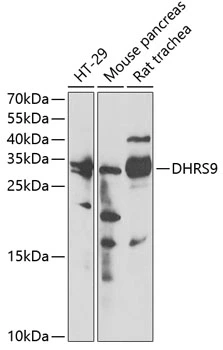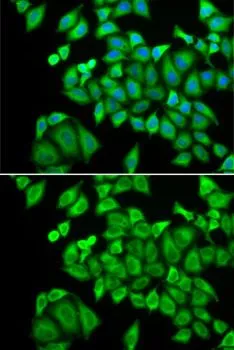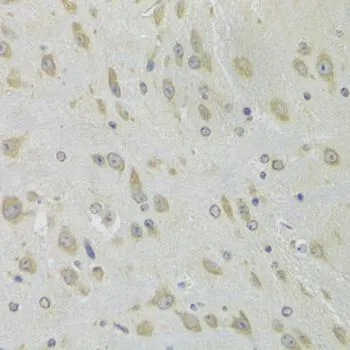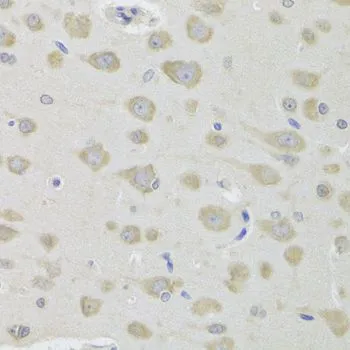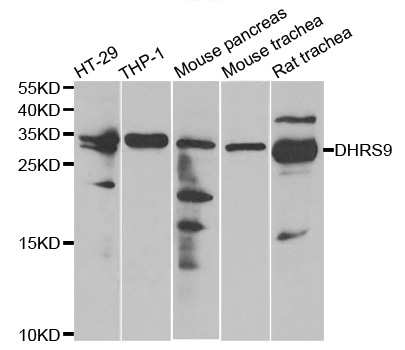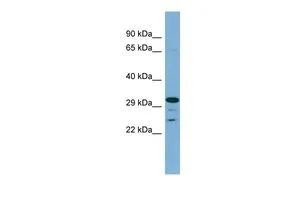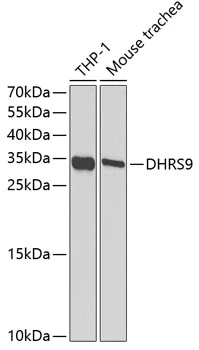
WB analysis of various sample lysates using GTX54001 DHRS9 antibody. Dilution : 1:1000 Loading : 25microg per lane
DHRS9 antibody
GTX54001
ApplicationsImmunoFluorescence, Western Blot, ImmunoCytoChemistry, ImmunoHistoChemistry, ImmunoHistoChemistry Paraffin
Product group Antibodies
TargetDHRS9
Overview
- SupplierGeneTex
- Product NameDHRS9 antibody
- Delivery Days Customer7
- Application Supplier NoteWB: 1:500 - 1:2000. ICC/IF: 1:10 - 1:100. IHC-P: 1:50 - 1:200. *Optimal dilutions/concentrations should be determined by the researcher.Not tested in other applications.
- ApplicationsImmunoFluorescence, Western Blot, ImmunoCytoChemistry, ImmunoHistoChemistry, ImmunoHistoChemistry Paraffin
- CertificationResearch Use Only
- ClonalityPolyclonal
- ConjugateUnconjugated
- Gene ID10170
- Target nameDHRS9
- Target descriptiondehydrogenase/reductase 9
- Target synonyms3-alpha-HSD, 3ALPHA-HSD, RDH-TBE, RDH15, RDHL, RDHTBE, RETSDR8, SDR9C4, hRoDH-E2, dehydrogenase/reductase SDR family member 9, 3-alpha hydroxysteroid dehydrogenase, NADP-dependent retinol dehydrogenase/reductase, dehydrogenase/reductase (SDR family) member 9, retinol dehydrogenase 15, retinol dehydrogenase homolog, short chain dehydrogenase/reductase family 9C member 4, short-chain dehydrogenase/reductase retSDR8, tracheobronchial epithelial cell-specific retinol dehydrogenase
- HostRabbit
- IsotypeIgG
- Protein IDQ9BPW9
- Protein NameDehydrogenase/reductase SDR family member 9
- Scientific DescriptionThis gene encodes a member of the short-chain dehydrogenases/reductases (SDR) family. The encoded protein has been identified as a moonlighting protein based on its ability to perform mechanistically distinct functions. This protein demonstrates oxidoreductase activity toward hydroxysteroids and is able to convert 3-alpha-tetrahydroprogesterone to dihydroxyprogesterone and 3-alpha-androstanediol to dihydroxyprogesterone in the cytoplasm, and may additionally function as a transcriptional repressor in the nucleus. Alternative splicing results in multiple transcript variants. [provided by RefSeq, Jan 2014]
- Storage Instruction-20°C or -80°C,2°C to 8°C
- UNSPSC12352203

